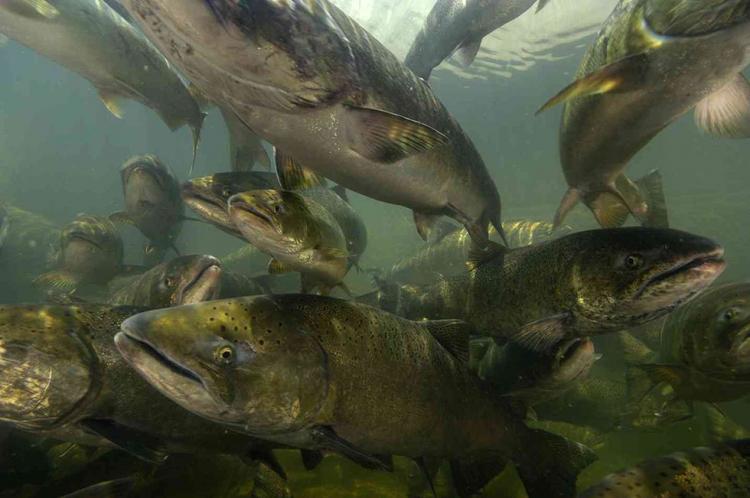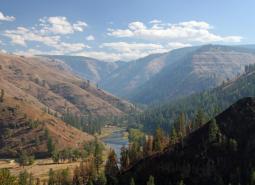
Overview
- Species Common Name Chinook Salmon
- Species Scientific Name Oncorhynchus tshawytscha
- Federal Listing Status Threatened
- State Listing Status Threatened
- SMU/ESU/DPS/Subspecies Fall Chinook - Snake SMU, Snake River ESU
Ecoregions

Blue Mountains
Located in NE Oregon, the Blue Mountains ecoregion is the largest ecoregion in the state. It provides a diverse complex of mountain ranges, valleys, and plateaus that extend beyond Oregon into the states of Idaho and Washington.

Nearshore
The Nearshore ecoregion includes a variety of habitats ranging from submerged high-relief rocky reefs to broad expanses of intertidal mudflats in estuaries and hosts a vast array of fish, invertebrates, marine mammals, birds, plants, and micro-organisms. This ecoregion encompasses the area from the outer boundary of Oregon’s Territorial Sea to the supra-tidal zone, and up into the estuaries.